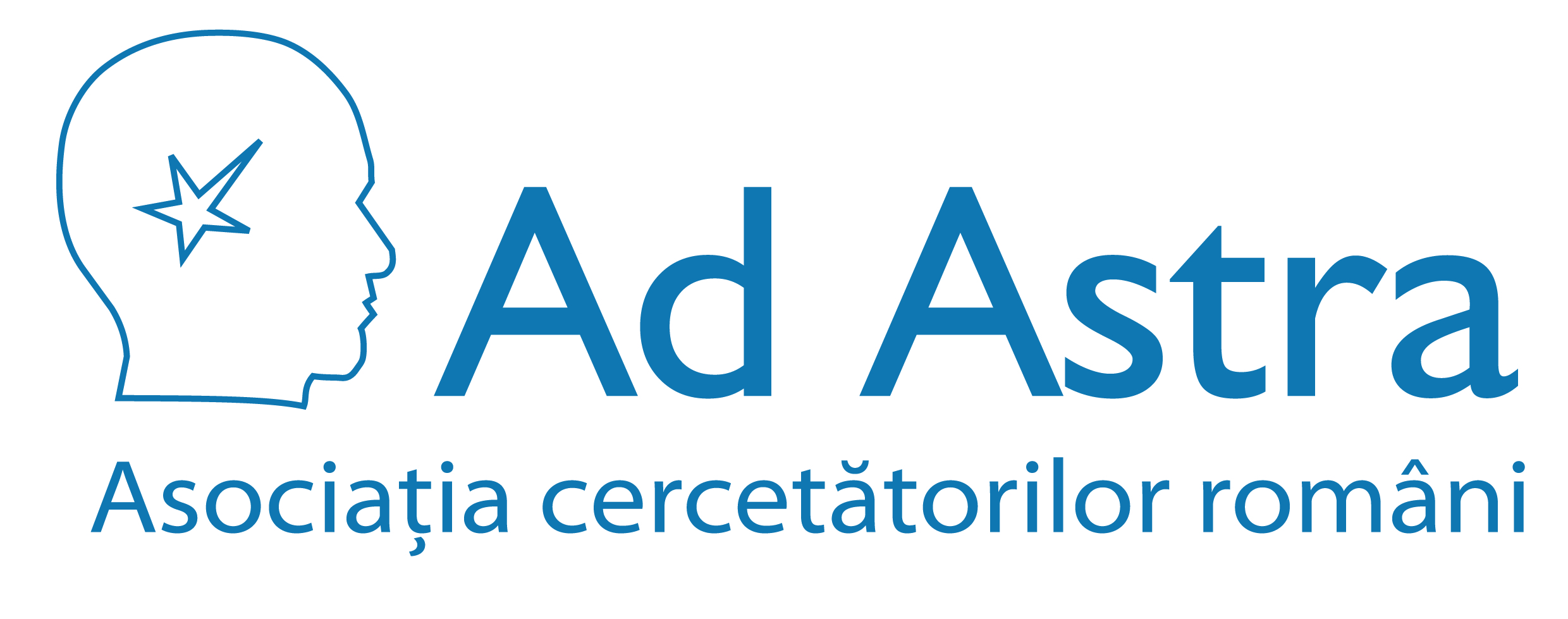Scopul nostru este sprijinirea şi promovarea cercetării ştiinţifice şi facilitarea comunicării între cercetătorii români din întreaga lume.
Staff Login
Earthquake hazard impact and urban planning – conclusion and recommendations for further work
Domenii publicaţii > Ştiinţele pământului şi planetare + Tipuri publicaţii > Capitol de carte
Autori: Boştenaru Dan M, Armaş I, Petrişor AI, Cerqua A, Gociman C, Goretti A
Editorial: Boştenaru Dan M, Armaş I, Goretti A, Springer, Earthquake Hazard Impact and Urban Planning, 13, p.307-313, 2014.
Rezumat:
This book, which is the second volume in a new series “Environmental hazards”, addresses a topic very much neglected in current research: the role of urban planning in earthquake disaster management. It is not a book about earthquake engineering issues but rather about management issues. Social sciences and arts are often disregarded in earthquake disaster management, the focus being mostly on technical aspects. But the study of the impact is important in order to facilitate appropriate implementation through transferring research knowledge to decision makers. The work is aimed at both junior and senior researchers creating the basis for new university curriculum, as there are very few courses in this field. The volume is organised in four sections, addressing the ‘reaction’ side of earthquake disaster management: vulnerability, planning, risk assessment and reconstruction. Each section addresses issues for decision makers, some at the level of participatory planning, as well as the role of specialists from urban planning, geography, engineering and seismology/earth sciences, while technical sciences include civil engineering and remote sensing/geo-information. We present the current state of the art in approaching the problems, the current challenges for further research and issue recommendations based on the results of current research. The work aims to reach a balance between dealing with existing heritage and new planning, because even in the twenty-first century new planning has to rely on lessons from the past. Another balance is reached between dealing with the technical and the humanities/social sciences approach, as reflected in the topic and the research methodology adopted. Case studies are emphasized, mostly from Italy and Romania, two countries that have experienced different types of earthquakes.
Cuvinte cheie: Urban morphology, Urban system, GIS, Participatory planning, Heritage habitat, Restructuring, Economics
URL: http://link.springer.com/chapter/10.1007%2F978-94-007-7981-5_15

